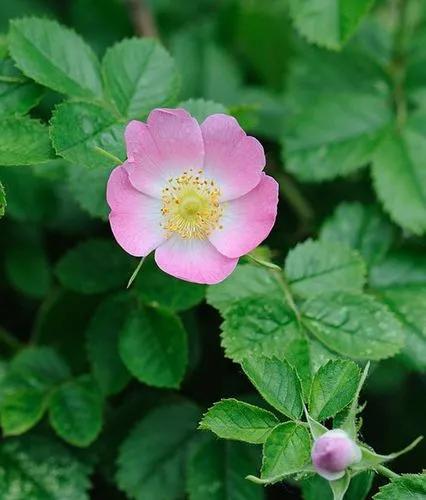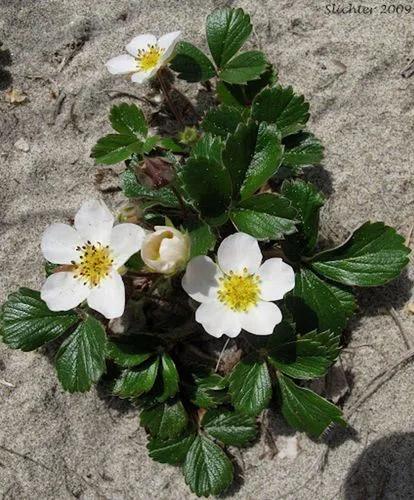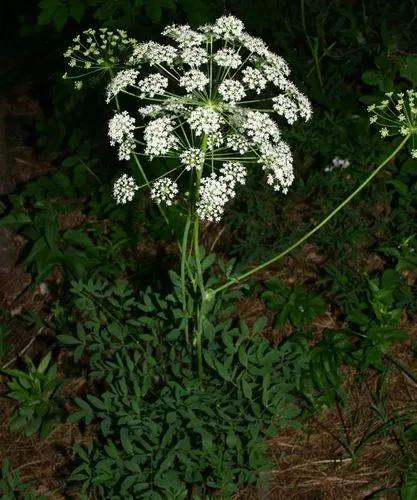Stachys sylvatica, commonly known as hedge woundwort, whitespot, or sometimes as hedge nettle, is a perennial herb growing to 80 cm tall in woodland and unmanaged grassland. In temperate zones of the northern hemisphere it flowers in July and August. The flowers are purple. The leaves, when crushed or bruised, give off an unpleasant fetid smell.
Hedge Woundwort, Whitespot Care
Stachys sylvatica



Hedge woundwort is an erect perennial plant with slender underground runners and grows to a height of about 30 to 100 cm (12 to 39 in). The stem branches occasionally and is squarish and hairy, with glandular hairs on the upper part of the plant.
The nodes are widely spaced and the mid-green, stalked leaves are in opposite pairs. The leaf blades are hairy, have a cordate base and are ovate with a blunt tip and with regular large teeth on the margin. The inflorescence forms a dense terminal spike and is composed of dense whorls of purple flowers with white markings.
The calyx has five lobes and the corolla forms a two-lipped flower about 12 to 18 mm (0.47 to 0.71 in) long with a fused tube. The upper lip of each flower is convex with dense, glandular hairs and the lower lip is three-lobed, the central lobe being the largest. There are four stamens, two long and two short, the gynoecium has two fused carpels and the fruit is a four-chambered schizocarp. The plant has a slightly unpleasant smell.
This plant might be poisonous
How to get rid of: Pulling weeds by hand is time-consuming, back-breaking work. An alternative is to use gardening tools to help. For shallow-rooted weeds, you can use a regular garden hoe, but for deep-rooted ones, I recommend you use a special tool called a winged weeder.
To remove weeds with the winged weeder, place the bottom tip of the blade right next to the stem and press down vertically to push the blade into the soil and then tilt the weeder downwards towards the ground to pull the whole root out. Repeat this operation as necessary. Note that using this tool is more time-consuming than using a regular hoe as you need to individually remove each unwanted plant, but it works better for deeper roots.
How to Care for the Plant

Popularity

116 people already have this plant 44 people have added this plant to their wishlists
Discover more plants with the list below
Popular articles






